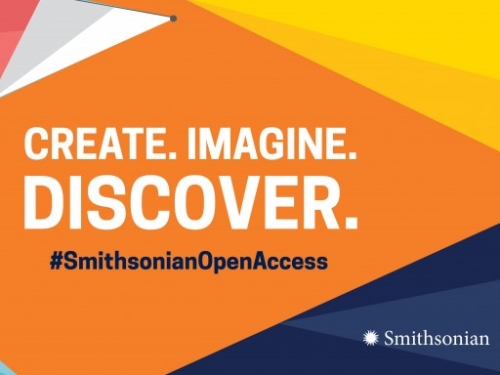Secretary Lonnie Bunch speaking from his home:
Nearly 175 years ago, the Smithsonian was founded as a gift to the American people.
Now, in this unprecedented moment, the Smithsonian is here for you, our communities, and our country, connecting us to more arts, science, and history, and culture.
And most importantly, bringing us together in a time of isolation.
We unite people by hosting online events, including art workshops, science webinars, and story times.
We provide invaluable Smithsonian digital assets to caregivers, teachers, and students, and by staying connected through social media.
I invite everyone to explore the Smithsonian's website at si.edu to discover how you can visit from home.
From art to zoology, a virtual world of learning is available to you with our vast collections and the research that surrounds them.
For instance, our Learning Lab website provides countless educational resources and tools for distance learning.
Our new Open Access Initiative makes millions of collections, the images, and data available to use for free.
And people everywhere can examine 3D models of some of the nation's most revered artifacts, right in the comfort of their homes.
Our essential employees are still working; working for America, taking care of our zoo animals, keeping mail services running, and ensuring our IT professionals can handle the increase in order to help people who are working from home, do that more effectively.
Our museums may be closed, but our dedicated and supportive staff allow our educators, curators, and researchers to continue to open minds and expand horizons online.
Since the Smithsonian opened its doors in 1846, the nation has endured recessions, natural disasters, and wars.
We've gotten through those dark times, and I know if we look out for one another, we'll do so again.
On behalf of the entire Smithsonian, stay safe and take care of each other.
I look forward to welcoming you back to our museums in the future.
Take care and stay safe.
